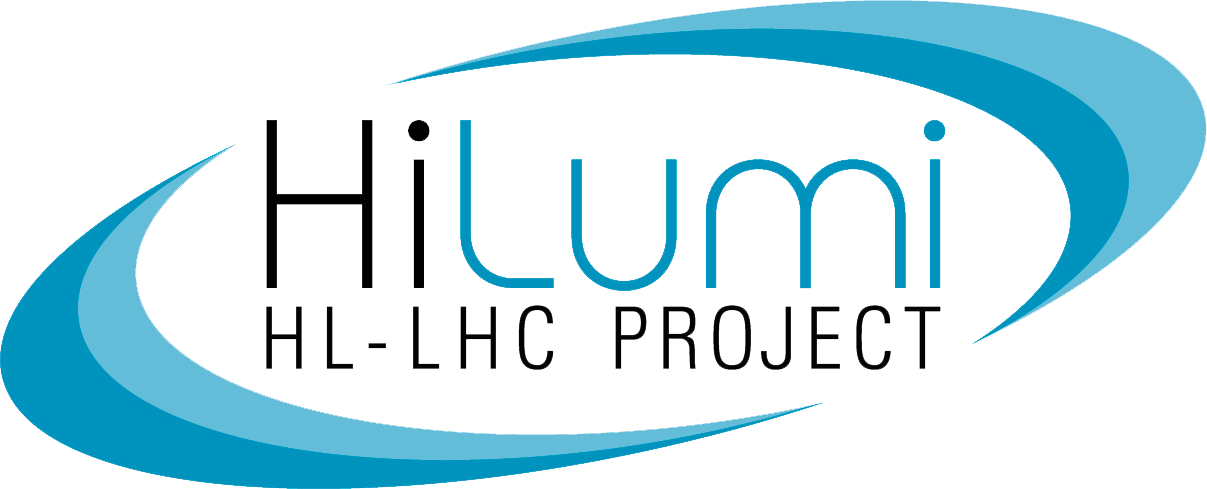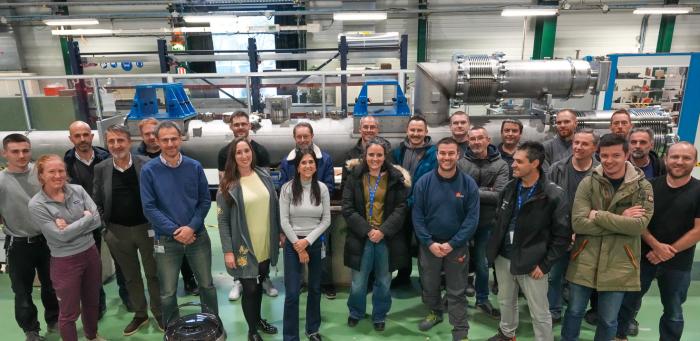By Carmen Abad Cabrera (CERN)
In November 2024, the D1-DFX Connection Module (DCM) cryostat prototype assembly was successfully completed and validated with a final pressure test.
The DCM cryostat, part of HL-LHC Work Package 3 (Magnets), ensures electrical continuity between the conductors from the DFX end of the cold powering system to the D1 magnet. It houses the Lambda Plate, a hydraulic barrier that separates regions of superfluid helium (1.9 K) and normal liquid helium (4.5 K). The Lambda Plate incorporates the Nb-Ti busbar extending into the DFX and provides a high-pressure (20 bar) barrier against the pressurized helium volume of the Work Package 6a Cold Powering System. Additionally, the DCM contains a bypass diode stack and ensures the required environmental operating conditions for its components.
At the start of 2024, a blank assembly of the main vessels was performed to validate the assembly procedure for the final prototype. The DCM prototype assembly subsequently began as a collaborative effort between the TE-MSC-LMF team, responsible for the conductors and splices within the module, and the TE-MSC-CMI team, who carried out the mechanical assembly. The vacuum vessel and thermal shields were supplied by external companies, the helium vessel was manufactured by EN-MME, and the diode stack was provided by TE-MPE. During the assembly process, several CERN groups collaborated, with EN-MME handling welding and weld inspections, TE-VSC conducting leak and pressure tests, and BE-GM performing mechanical measurements.
With this final validation, the DCM prototype assembly is now ready to be installed into the IT String.
Figure 2. Schematic showing the final configuration of the DCM and its support in the IT String.

